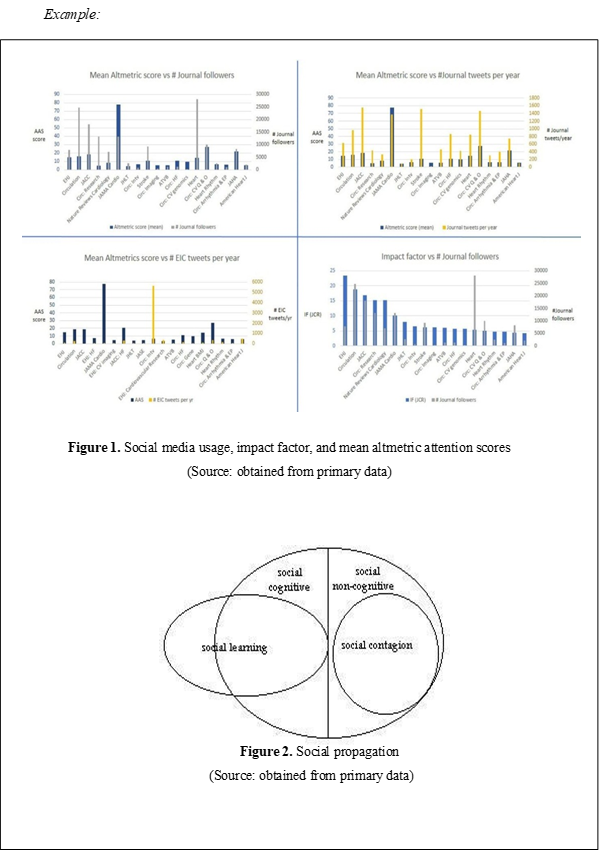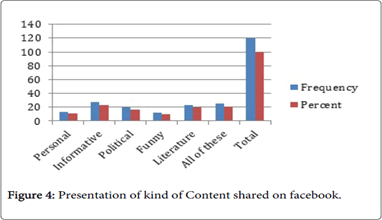ADDITIONAL MENU
Author Guidelines
- Article has never been published in other media and does not contain elements of plagiarism with the attachment of a written statement from the author
- Articles must be results of research (field, literature), studies, conceptual ideas and application of theory, special reports, or book reviews
- The manuscript is written in size 12 Times New Roman (TNR), space 1.5 on A4 size paper with a side space of 3.5 cm from the left side, 3 cm from the right edge, 3 cm from the top and bottom edges. Number of pages is 12-20 pages (5000-7500 words), including abstract and references.
- Titles, abstracts, and keywords are written in English at least 200 words.
- Articles are written in English with a scientific framework format
- The citation system using APA Style 7th edition:
APA 7 Examples - Referencing style - APA 7th - Guides at University of Western Australia (uwa.edu.au). We suggest the author use reference manager software such as Mendeley or Zotero. - The list of references is written in a way like the following example, sorted alphabetically. Cipto, Bambang, 2011, Dunia Islam dan Masa Depan Hubungan Internasional di Abad 21, Yogyakarta : Pustaka Pelajar.
- The script must be sent by online submission.
Title (Fontsize 16, Time New Roman, Bold)
(The title of the article must be written shortly and clearly, it must show the problem precisely, unambiguous, and symmetricaly capitaized. The title of the article may not contain informal abbreviation. Write the main idea of the article, then followed by other information.)
Author 1 (Arial font size 11)
Afiliasi (tempat bekerja/Institusi/Perguruantinggi) font size 11 dan Italic
Email: author1@umy.ac.id
Author 2 (Arial font 11)
Afiliasi (tempat bekerja/Institusi/Perguruantinggi) font 11 dan Italic
Email: author2@gmail.com
Abstract
The article starts with the title of the article, author’s name, author’s affiliation address, then followed by abstract which is italicized for 200 words. In writing abstract, the margin of the text is normal, the size of the font is 12pt, and the type of the font is Times New Roman with one- space row. The abstract must contain main probem which will be stated, solving method, scientific findings, and conclusion. The abstract may only be written in one paragraph with one- column format. The maximum keywords in abstract are 6 (six) words.
Keywords: Keywords 1; Keywords 2; Keywords 3.
Introduction
Introduction must contain background, state of the art as a statement of the updated of an article, and research problem or hypothesis. At the end of introduction, the purpose of the research has to be stated. In scientific article format, it may not contain observation as well as research report, but it is written in state of the art to show the scientific update of the article. The full manuscript consist of 5000 – 7500 words (including abstract and references).
Literature Review
The literature review represents previous research in the research topic discussed and also the theoretical core of an article. The purpose of a literature review is to “look again” (re + view) at what other researchers have done regarding a specific topic. Literature review serves to identify knowledge gaps found by the author when conducting a literature review and builds theoretical explanations that answer research questions and objectives. In this case, the articles listed must be articles that were published not earlier than 10 years.
Theoretical Framework
Theoretical framework is a systematic way to arrange science. Science has some parts, theory, fact, phenomena, and concept.
Research Method
The methods used in research completion are written in this part. The research method used in problem solving is categorized as analysis method. Research methods consist of data topology, data collection method, data analysis, and data visualization.
Result and Discussion
Result and explanation contain findings of the research and scientific explanation. Scientific findings which acquired from result of a research also require reliable data. The scientific findings are not the data from the research. The scientific findings should be explain scientificly from; is the finding scientific? Who could it occur? Why does the variable trend happen? All those questions should be explaned scientificly, not only descriptively, but also supported by capable scientific phenomenon. Moreover, it should explain it’s difference to other researchers’ result which topics are related. The result and finding should answer the hypothesis in introduction.
Conclusion
Conclusion describes the answer of the hypothesis and/or the purpose of the research or the scientific finding acquired. Conclusion does not state repeatation of result and exlanation, but it is specificly about the conclsion of the finding which was aimed in purpose or hypothesis. If it possible, at the end of conclusion, we may write things which will be done related to the next concept of the research.
Bibliography
All the references which refer in the article must be listed in bibliography. Bibliography should contain references from premier sources (scientific journal and contain at least 80% of whole bibliography). It must be published not earlier than 10 years. Each article contain at least 15 reference bibliographies. The citation style used in this article is American Psychological Association (APA) Style 7th edition. We recomend the authors to use Zotero or Mendeley!
Please visit the following link for more information on APA Style 7th edition:
Example:
Article Journal
Kersten, G. E. (2001). Modeling Distributive and Integrative Negotiations. Review and Revised Characterization. Group Decision and Negotiation, 10(6), 493–514. https://doi.org/10.1023/A:1012256222803
Störk, B. (2015). Geopolitical Situation of Ukraine and Its Importance. Security and Defence Quarterly, 8(3), 17–39. https://doi.org/10.5604/23008741.1189405
Book
McQueen, R. A., & Knussen, C. (2006). An introduction to research methods and statistics in psychology. Pearson Prentice Hall.
Kaden, T., Jones, S. H., & Catto, R. (Eds.). (2019).
Science, belief and society: International perspectives on religion, modernity and the public understanding of science (1st ed.). Bristol University Press.
News Website
Troianovski, A., & MacFarquhar, N. (2022). Putin Announces Start to “Military Operation” Against Ukraine. The New York Times. https://www.nytimes.com/2022/02/23/world/europe/ukraine-russia-invasion.html
ABC News. (2022). Ukraine and Russia finish the first round of peace talks at Belarusian border, next round to be held in days. ABC News. https://www.abc.net.au/news/2022-02-28/ukraine-russia-peace-talks-belarus-border/100869782
Guide to writing pictures, tables, and schemes
Each picture must be given a description below the picture. The information in the table is given above the table. Information is written in lowercase letters except for the first character in each sentence. All images must be numbered in sequence. Each table must be given a Table Caption and sequence number at the top of the table followed by the table title. Images must be guaranteed to be printed clearly (font size, resolution and line size must be sure to be printed clearly).


(Source: obtained from primary data)
|
No |
Name |
Status |
Note |
|
1 |
Maria |
xxx |
xxxxxx |
|
2 |
Mihi |
xxxx |
xxxxxxx |
|
3 |
Moha |
xxxxx |
xxxx |
|
4 |
Muhi |
xxxx |
xxxxxx |
Table 1. Specification of forms of capital in context of Sumba
(Source: obtained from primary data)





